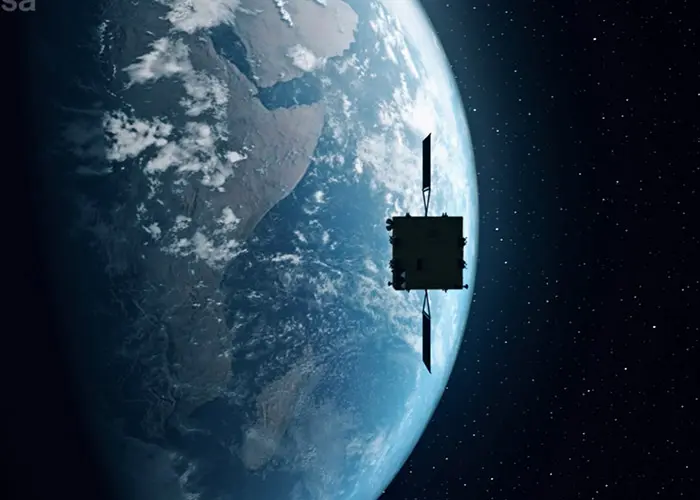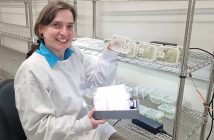
Innalabs ARIETIS-NS has taken control of satellite navigation on the first stage of the European Space Agency’s HERA planetary defence mission against incoming asteroids.
The ARIETIS-NS gyroscope navigation system took over one hour and sixteen minutes after the liftoff of SpaceX’s Falcon 9 rocket from Cape Canaveral on October 7 and upon the release of the HERA satellite from the craft’s upper stage.
The Innalabs gyroscope system ensured the satellite was pointing in the right direction. Upon release from the Falcon 9, the Hera satellite was stabilised, eliminating the rotation risk. The ARIETIS-NS took control of monitoring any residual angular rates and will do so for the duration of the mission.
The objective of the HERA mission is to monitor the after-effects of altering the trajectory of asteroids through kinetic impact, following on from the successful DART mission from NASA, which launched in 2021. These missions aim to test and prepare for planetary defence against incoming asteroids by altering their trajectory.
“I am very proud of our young Irish company as through innovation and our people, we are creating Irish Space Heritage,” said Innalabs CEO John O’Leary. “Innalabs has navigation sensors and systems that have accrued over five million hours in space. Our involvement with almost all major space primes, who now rely on our inertial sensor technology on missions worth billions, is a testament to their trust in our products.”
The success of this mission has opened the door for further commercialising of the ARIETIS-NS as many space primes have been waiting for this test run.





